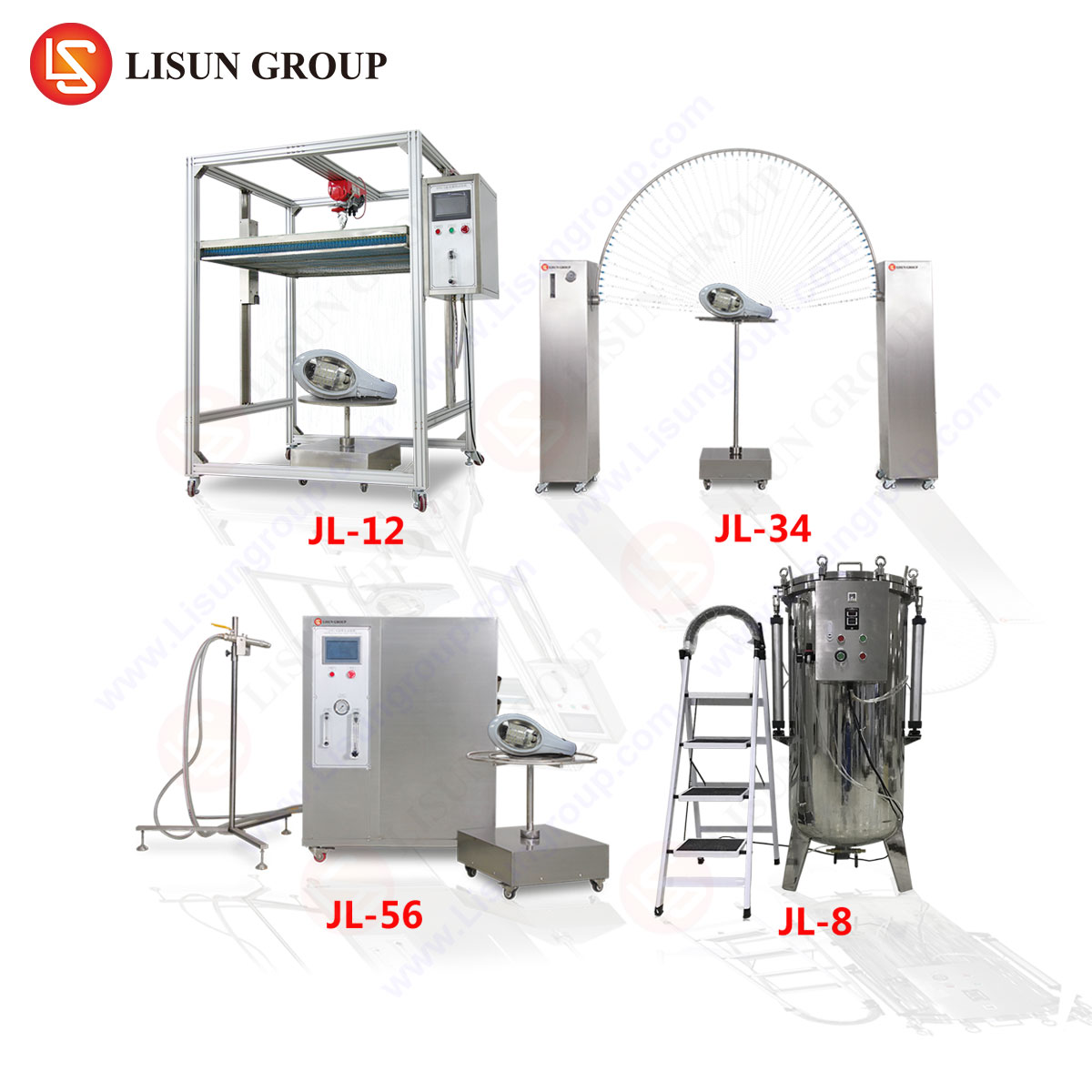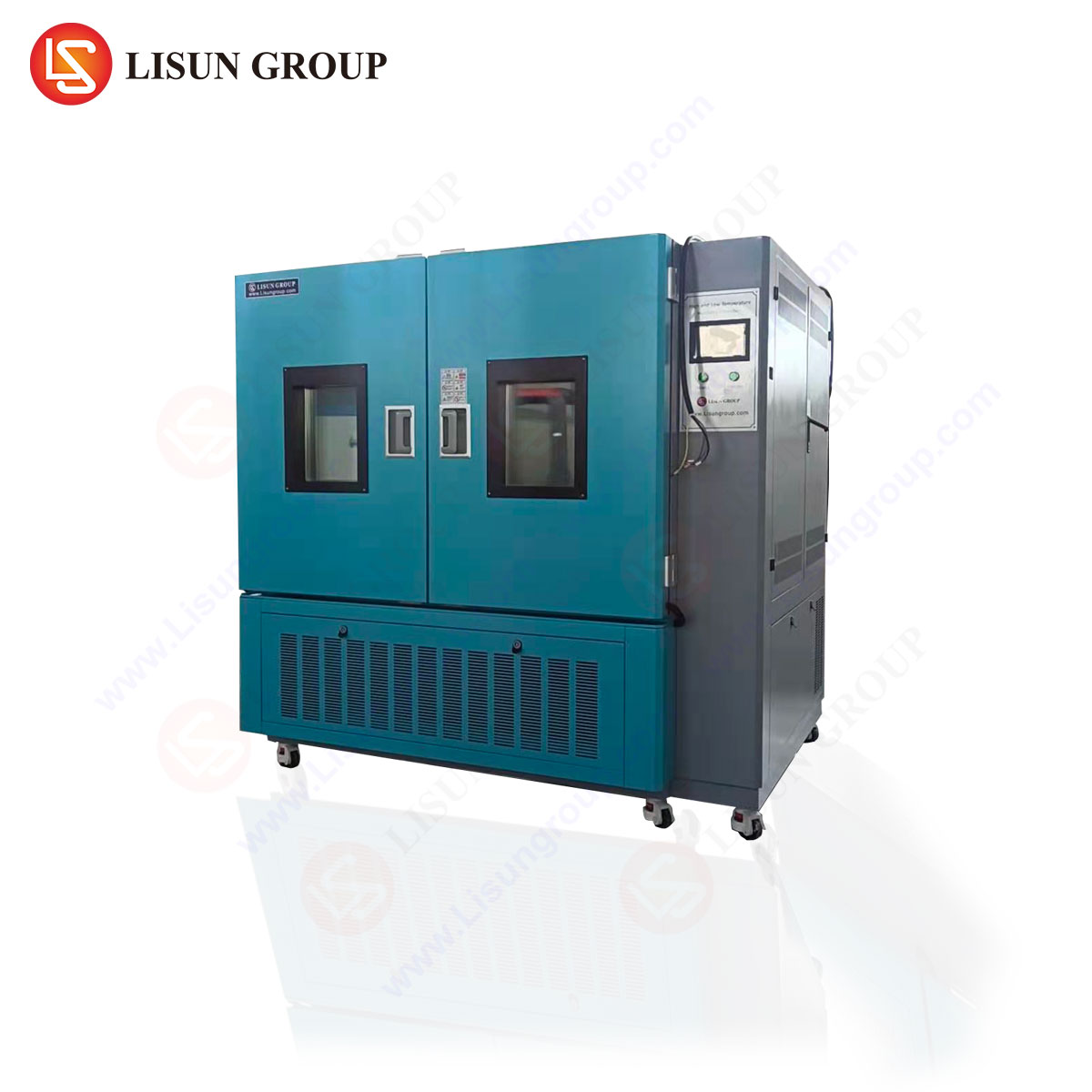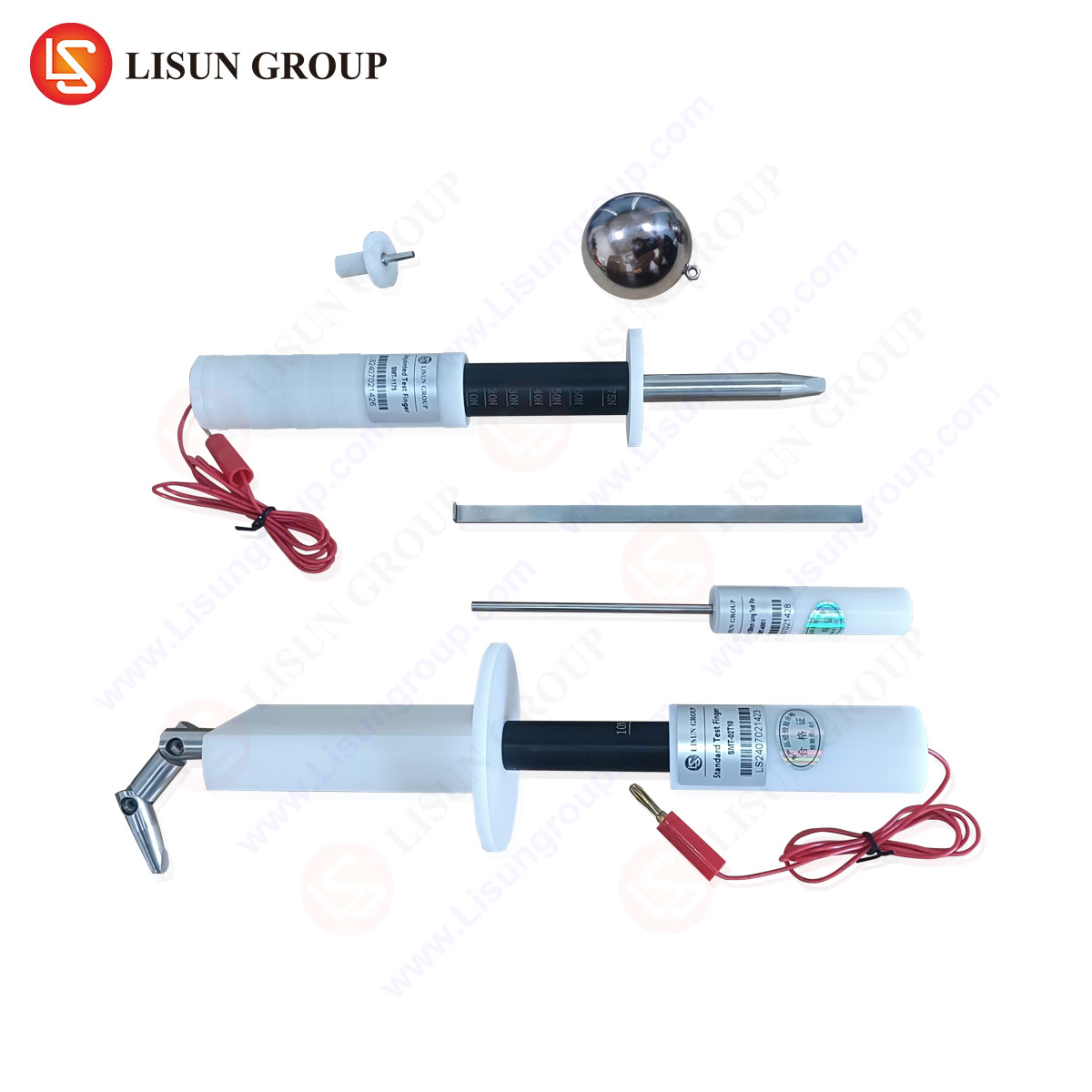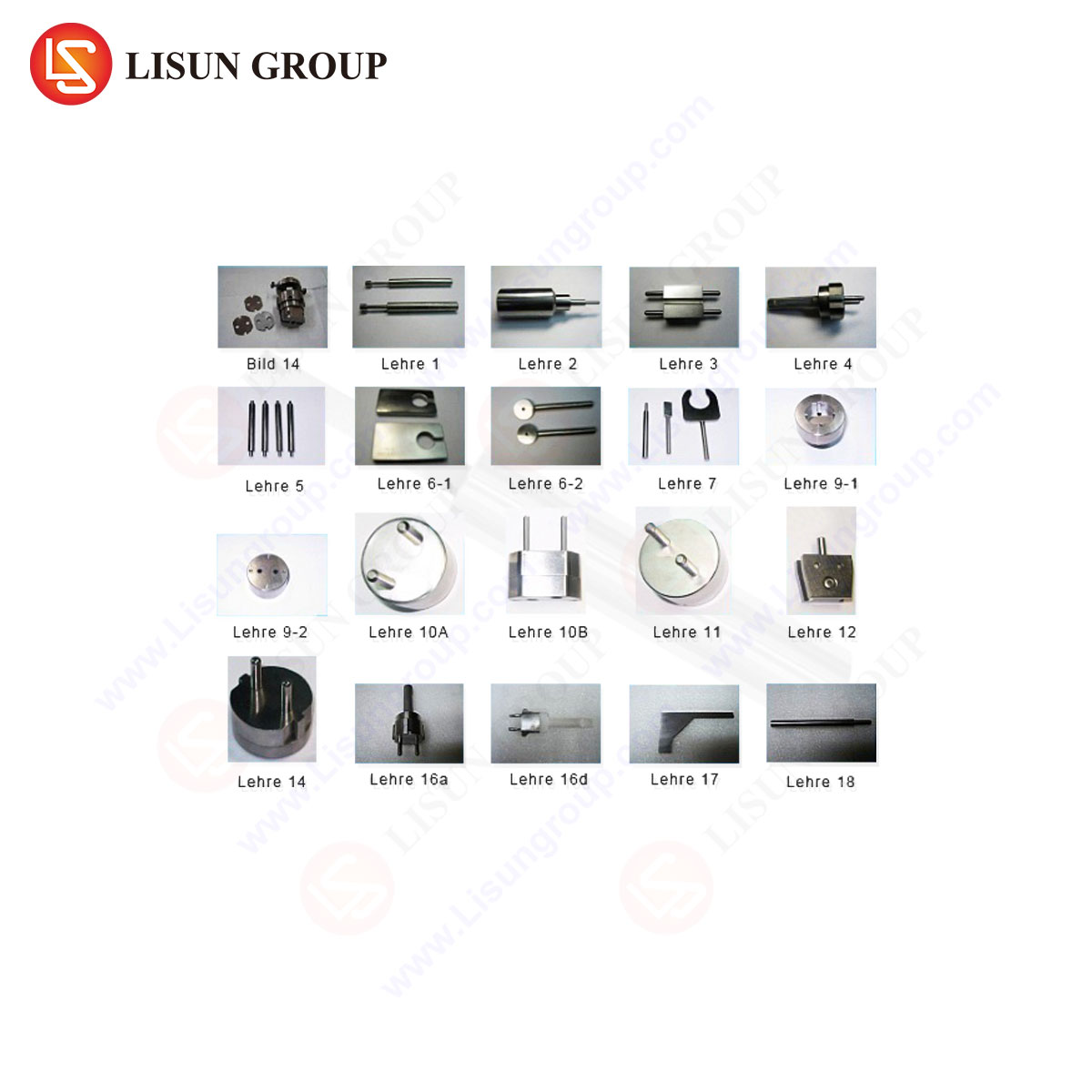The Imperative of Complete Dust Ingress Protection: A Technical Analysis of IP6X
In the realm of product design and manufacturing, the integrity and longevity of electrical and electronic equipment are perpetually challenged by environmental contaminants. Among these, particulate matter—ranging from fine dust to coarse sand—poses a significant threat to operational reliability, safety, and functional performance. The International Electrotechnical Commission (IEC) standard 60529, which delineates the Ingress Protection (IP) rating system, provides a globally recognized framework for quantifying a product’s resilience against such intrusions. The highest echelon of protection against solid particulates is denoted by the numeral ‘6’ in the IP code: IP6X. This classification signifies “Dust-tight” protection, a non-negotiable requirement for critical components across a multitude of industries.
Deconstructing the IP6X Classification within the IEC 60529 Framework
The IP code is structured as IPXY, where ‘X’ indicates the level of protection against solid objects and ‘Y’ indicates the level of protection against liquids. The ‘6’ in IP6X is specifically defined by the IEC 60529 standard as providing complete protection against the ingress of dust. The test protocol for achieving this rating is exceptionally rigorous. It mandates that an enclosure must admit no dust whatsoever during a prolonged test conducted within a vacuum chamber filled with fine talcum powder. The test sample is subjected to a pressure differential that forces the dust-laden air toward any potential point of entry. Following the test, which typically runs for 8 hours, a thorough internal inspection is conducted. The attainment of the IP6X rating is contingent upon the complete absence of any visible dust deposit inside the enclosure.
This level of protection transcends mere exclusion of particles; it ensures that fine dust cannot penetrate seals, accumulate on circuitry, or interfere with moving mechanical parts. For devices operating in arid, desert-like conditions or industrial settings with high particulate concentration, such as mining or textile manufacturing, the IP6X rating is a fundamental design criterion. It prevents the catastrophic failures that can result from dust-induced short circuits, abrasion of components, clogging of ventilation systems, or obstruction of optical sensors.
The Critical Role of Dust Testing in Product Validation and Certification
Validation of the IP6X claim is not a matter of subjective assessment but a precise, repeatable laboratory procedure. The process simulates decades of environmental exposure in a highly accelerated and controlled manner. Without this empirical validation, product claims regarding environmental robustness are merely speculative, exposing manufacturers to significant liability, warranty claims, and brand reputation damage. For industries such as Aerospace and Aviation Components or Medical Devices, where failure is not an option, third-party certification based on standardized testing is a mandatory step in the product development lifecycle.
The test apparatus must itself adhere to strict specifications to ensure consistent and accurate results. The dust used is finely graded talcum powder, with a particle density and size distribution specified by the standard. The chamber must maintain a consistent dust cloud concentration, and the sample must be subjected to a defined negative pressure relative to the chamber atmosphere, typically in the range of 2 kPa to 20 kPa. This pressure differential is critical, as it forces the dust particles to seek out and attempt to penetrate every seam, gasket, and orifice.
The LISUN SC-015 Dust Sand Test Chamber: Engineering Precision for IP6X Validation
The LISUN SC-015 Dust Sand Test Chamber is an engineered system designed explicitly for conducting tests in full compliance with IEC 60529, IEC 60598, GB/T 4208, and other related standards for dust ingress protection. It serves as an essential instrument for R&D laboratories and quality assurance departments tasked with validating the IP5X and IP6X ratings of their products.
The operational principle of the SC-015 is based on the creation of a controlled, concentrated dust environment. A known quantity of dry talcum powder is introduced into the chamber’s bottom reservoir. A compressed air system or a mechanical agitator is then employed to fluidize the powder, creating a dense, uniform dust cloud that envelops the test specimen. The specimen, mounted on a turntable to ensure all surfaces are exposed, is connected to a vacuum pump system. This pump draws air out from the interior of the specimen, creating the required negative internal pressure that actively pulls the external dust-cloud atmosphere towards any potential ingress points.
Key Technical Specifications of the LISUN SC-015:
- Chamber Volume: Designed to accommodate a range of product sizes.
- Dust Type: Utilizes finely graded talcum powder (typically 75μm to 150μm sieve specification).
- Dust Concentration: Configurable to maintain the required density within the test chamber, often between 2kg/m³ to 4kg/m³.
- Vacuum System: Includes a regulated vacuum pump capable of achieving and maintaining the specified pressure differential (e.g., 0-5 kPa adjustable). The system features a flow meter to ensure a sufficient air flow rate through the specimen, typically around 40-80 times the enclosure volume per hour.
- Turntable: A motorized sample table rotates at a low, fixed speed (e.g., 1-3 rpm) to guarantee omnidirectional exposure.
- Control System: A microprocessor-based controller allows for precise setting and monitoring of test parameters, including test duration, vacuum degree, and blower operation. It ensures full automation and repeatability of the test cycle.
- Construction: The chamber is constructed from corrosion-resistant materials, such as stainless steel, with a sealed transparent viewing window for observation during testing.
Industry-Specific Applications for IP6X Protection and Testing
The demand for IP6X validation permeates virtually every sector that relies on reliable electronics.
In Automotive Electronics, components like engine control units (ECUs), sensors, and lighting fixtures are exposed to relentless dust and grit on roadways. The IP6X rating ensures these systems function flawlessly, contributing directly to vehicle safety and durability. Telecommunications Equipment, particularly outdoor 5G modules and fiber optic terminal boxes, must be impervious to dust to maintain network integrity. Industrial Control Systems and robotics operating on factory floors filled with metallic or plastic particulate matter require this level of sealing to prevent downtime and costly repairs.
For Lighting Fixtures used in warehouses, parking garages, or outdoor areas, dust accumulation inside the fixture can drastically reduce luminous efficacy and cause overheating. IP6X-protected luminaires maintain light output and longevity. Medical Devices, such as portable diagnostic equipment or monitors used in field hospitals, cannot risk contamination or malfunction from dust ingress. Similarly, in Aerospace and Aviation, avionics systems are tested to extreme environmental standards, with IP6X being a baseline for protection against particulate matter.
Even Consumer Electronics and Household Appliances benefit. A high-end smartphone’s speakers and microphones, or the control board of a robotic vacuum cleaner, are prime candidates for IP6X testing to ensure product resilience in everyday environments.
Comparative Advantages of the LISUN SC-015 Testing System
The LISUN SC-015 distinguishes itself in the market through several key engineering and design advantages. Its precise control over the dust concentration and air flow ensures that tests are not only compliant with international standards but are also consistently repeatable—a critical factor for quality control and certification purposes. The integration of a robust vacuum system with accurate pressure and flow regulation allows for testing a wide variety of enclosure sizes and types, from small electrical components like switches and sockets to larger assemblies such as cable and wiring system junction boxes.
The automated control system reduces operator error and provides detailed logging of test parameters, which is invaluable for creating auditable certification reports. Furthermore, the chamber’s construction quality, featuring durable materials and a well-sealed design, ensures the equipment’s own longevity and prevents laboratory contamination, a common issue with inferior test chambers.
Frequently Asked Questions (FAQ)
Q1: What is the typical particle size of the dust used in an IP6X test, and why was it selected?
The standard specifies the use of finely graded talcum powder, sieved to a particle size predominantly between 1μm and 75μm, with a majority of particles below 50μm. This size range was selected because it represents the most penetrating particle size for most seals and gaskets. If an enclosure can prevent the ingress of these fine, “wedge-shaped” particles, it will inherently be protected against larger, more benign dust and sand.
Q2: How long does a standard IP6X certification test last?
The IEC 60529 standard stipulates a minimum test duration of 8 hours. This extended period is necessary to simulate long-term exposure and to ensure that the protection is robust and not merely a temporary characteristic. The test is conducted under a continuous negative pressure differential to actively challenge the enclosure’s seals throughout the entire duration.
Q3: Can the LISUN SC-015 chamber be used for testing protection against other types of particulates, like sand?
While the primary function is for standardized dust testing, the chamber’s design can often accommodate other non-standardized particulate tests for research and development purposes. However, for official IP5X or IP6X certification, the specific type and grade of talcum powder outlined in the IEC standard must be used to ensure validity and recognition by certification bodies.
Q4: Is internal vacuum testing always required for an IP6X assessment?
Yes, it is a mandatory part of the test procedure for IP6X. The vacuum serves a critical function: it creates a pressure differential that actively pulls dust particles towards potential weak points in the enclosure’s sealing. A simple dust-spray test without this pressure differential is insufficient and is only used for the lower-level IP5X (“Dust protected”) rating, which allows for some limited dust ingress provided it does not interfere with operation.
Q5: What are the common points of failure identified during IP6X testing?
Failures are rarely due to the main body of an enclosure. The most common points of ingress are at the interfaces: between mating housings (seams), around button and switch actuators, at connector ports, cable glands, and ventilation grilles. The test is specifically designed to identify weaknesses in these dynamic and static sealing areas.







